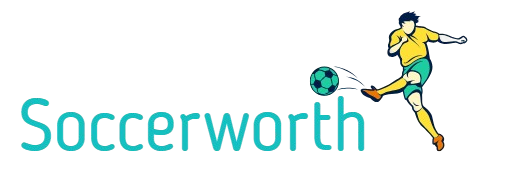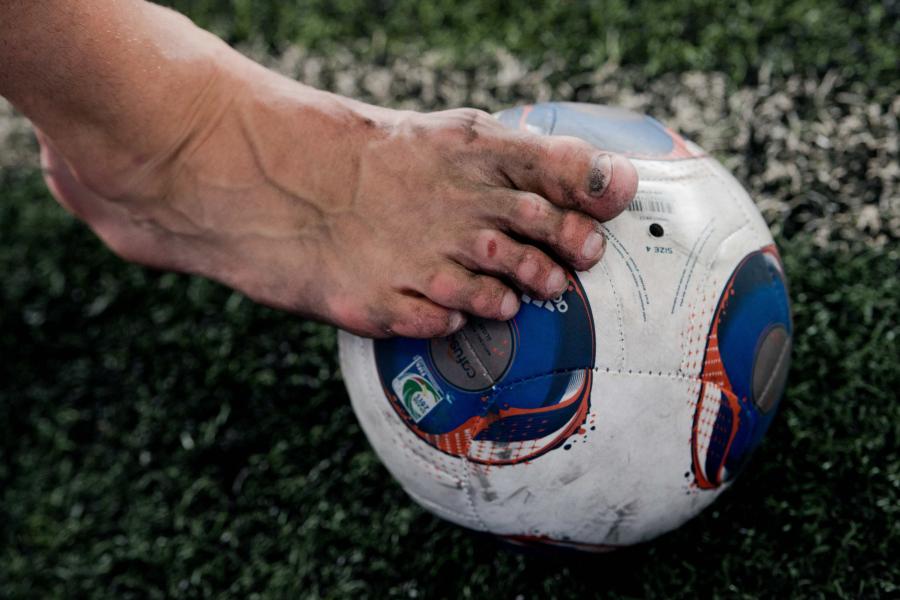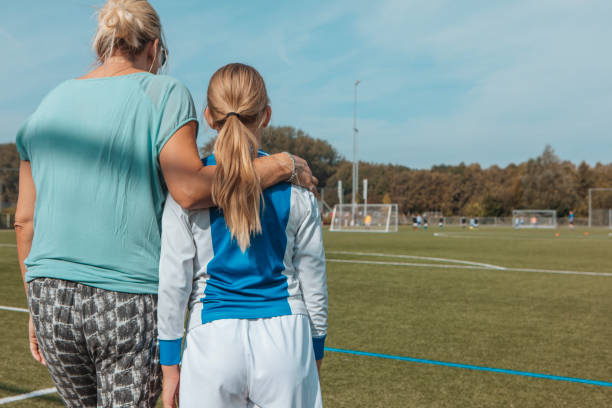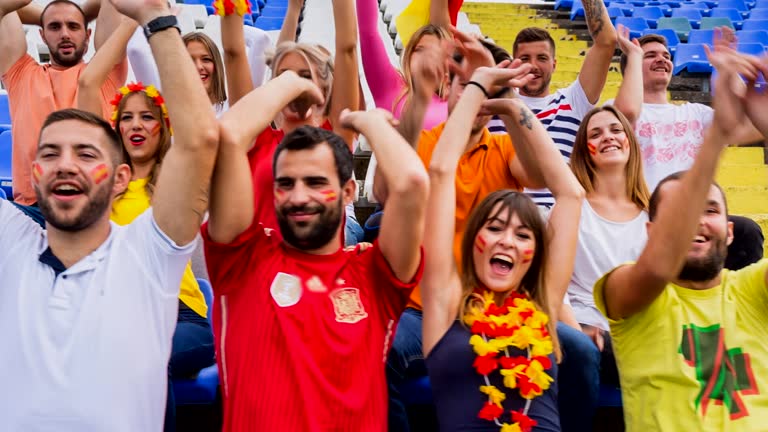Soccer is a beautiful game, but there’s nothing beautiful about blisters. They can turn an exciting match into a painful ordeal, leaving you wincing with every step. If you’ve ever hobbled off the field with one of those nasty sores, you know how they can mess up your game.
Blisters from soccer cleats are not just painful but also may totally get you off your performance and sometimes even bench you for days. However, blisters don’t have to be your nemesis.
With the right tips, you can keep your feet happy and blister-free no matter how intense the game gets.
What Are Blisters?
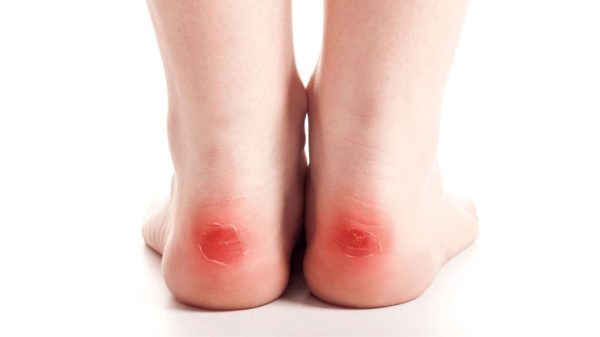
Blisters are pockets of fluid in the skin that are usually filled with either clear pus or, in some rare cases, with blood.
A hot spot is something that comes before a blister, which is simply a swollen area in the foot due to friction from the foot’s skin with the sock or the cleat itself.
Hot spots usually turn red and make the player experience pain in that area.
Blisters are not instantaneous injuries like, for instance, a kick to the shin would be; instead, they are injuries that form through an extended period.
For this reason, it is very important to learn to identify the emergence of hot spots while playing as soon as possible.
We can all tell we’re going to have a blister even before we have a serious one. It is our choice to stop playing to prevent them or become the heroes and keep playing through them.
So, what are the causes of blisters?
Blisters are injuries that appear due to excessive friction between the skin and the sock or between the skin directly with the soccer cleat. Three factors influence the emergence of blisters: Friction, Heat and Sweat.
The reason why blisters feel like they burn to hell is that friction causes excessive heat in the foot.
They normally occur in areas inside the cleat where your foot is allowed to move inside the shoe while still maintaining contact with this one.
Pro-Tips To Avoid Blisters
As i mentioned, most of the blisters we’ll have are completely avoidable. Now that you know the basics of how and why blisters form, do try out this tips to stop them from bothering you ever again.
Choose the Right Cleat Size
Think of your soccer cleats as a suit-a good fit makes all the difference. Too tight, and you’re asking for pressure points; too loose, and your foot slides around, creating friction.
When trying on cleats, wear the same type of socks you’d use during a game.
Your toes should have just enough wiggle room, and your heel should stay snugly in place. If your cleats don’t fit like a glove, you’ll pay the price after a long game.
Don’t be afraid to invest more time in the shop walking around or even feigning some soccer moves to make sure they are just right.
Break Them In Gradually
New cleats are stiff-it’s a fact. Jumping straight into a 90-minute game with fresh-out-of-the-box boots is practically an invitation for blisters.
Instead, break them in over several short sessions. Wear them during light training or even in the house. Give your feet time to adjust, and give your cleats time to mold into the shape of your foot.
Your future self will thank you.
You can also try soaking them in warm water while wearing them-socks on-to help them adapt a little faster. Just make sure they are dry afterward.
CHECK OUT | How to Break in New Soccer Cleats Fast: Guide for Maximum Comfort
Buy Quality Socks
Don’t underestimate the power of good socks. Thin, ragged socks will do little to save you from the rubbing that forms blisters. Go for socks that have moisture-wicking properties, are padded, and intended for use in sports.
Double-layer socks are even a godsend because the friction between your foot and the cleat is decreased. Remember, good socks are as crucial as good cleats.
Consider having a few pairs specifically for practice and matches, so you always have a fresh pair ready to go.
Keep Your Feet Dry
Blisters love moist environments. If your feet get sweaty during a game, that moisture can turn your cleats into a blister factory.
Use foot powder or antiperspirant spray on your feet to keep them dry.
Switching to fresh socks at halftime can also help if you’re playing a particularly long match. If you’re prone to sweaty feet, try using socks with ventilation panels or even inserting silica gel packets into your cleats between games to keep them dry.
Tape Problem Areas
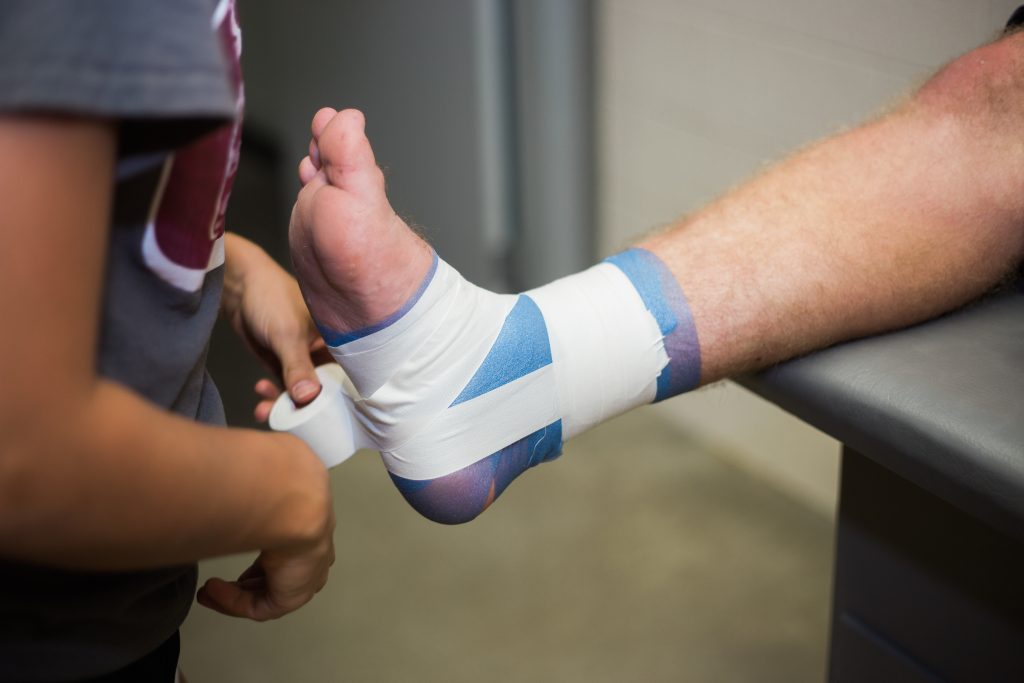
If yo some spots on your feet that always seem to blister, preemptive taping is your secret weapon. Take some athletic or blister tape and cover those areas that are just dying to blister up.
Apply it smooth, so there’s no room for wrinkles-they’ll only create more friction. Think of it as putting armor on your feet before battle.
Some players also swear by using moleskin patches for extra protection; these adhere well and provide a cushioned barrier.
Consider Gel Pads or Inserts
Some cleats have insoles that are not exactly blister-proof. Additional cushioning from gel pads or inserts can help reduce pressure on hotspots.
These can make a big difference if your cleats feel a little too hard on the inside. Plus, they are easy to swap in and out, so you can customize your comfort.
Experiment with different types of insoles until you find the one that works best for your feet and cleats.
Trim Your Toenails
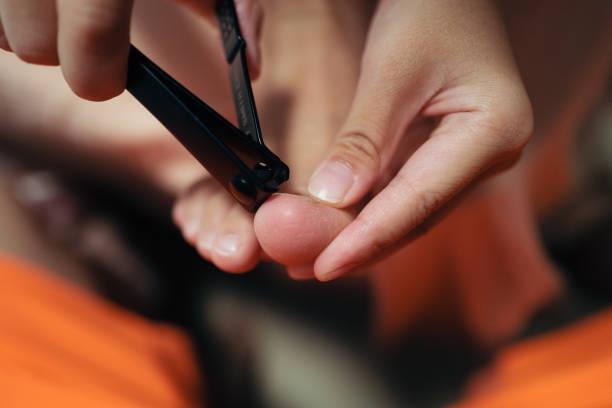
Yes, it’s simple, but forgotten. Long toenails rub against the front of your cleats, which creates a hotspot-a precursor to blisters even underneath your toenail.
Keep your toenails trimmed and rounded off to prevent any sharp edges from digging into your skin.
Make it an habit to regularly check your toenails; especially prior to any important game or serious training session, the less superfluous pressure inside the cleat, the better.
CHECK OUT | Are Soccer Cleats and Softball Cleats the Same?
Not to Miss: Lacing Tricks
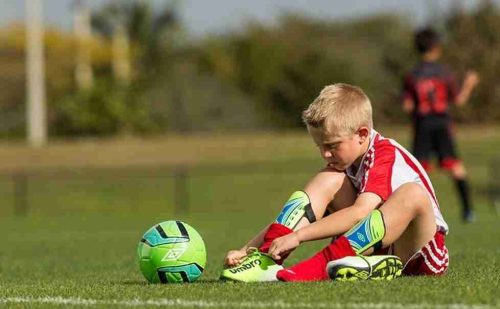
The way you lace your cleats can affect how they fit. Experiment with lacing techniques to secure your foot without creating tight spots.
For example, a “lock lacing” method can prevent your heel from slipping, reducing friction. A snug fit equals fewer blisters.
If you have high arches or wide feet, you might need to skip certain eyelets or use elastic laces for a more personalized fit.
Swap Out Wet Cleats
If your cleats have gotten soaked-from rain, sweat, or a muddy field-don’t leave them that way. Wet cleats increase friction and soften skin, making it blister-prone.
Dry them after every use and have an extra pair of cleats on hand just in case. A great option is a boot dryer or to stuff them full of newspaper for quicker water absorption.
Wet cleats are also a breeding place for bacteria, so this also makes sense for hygiene’s sake.
Harden Calluses Gradually
Calluses are the natural defense of your feet against blisters. You don’t want to overdo it, but playing consistently definitely toughens up your skin over time.
Don’t rush the process with overtraining-you’ll only cause more problems. If you’re new to soccer, increasing your playing time over time will allow your feet to toughen up naturally without the extra pain.
Consider using a pumice stone to maintain healthy calluses without letting them get too thick.
Skin Lubricant
Apply a thin layer of petroleum jelly or some type of anti-friction balm.
These products minimize friction between your skin and your cleat, and they prevent blisters from ever forming in the first place. Reapply when necessary, especially for longer games.
Keep a small tube in your bag for emergencies, and don’t forget to apply it evenly on both feet.
Listen to Your Feet
Pain is how your body tells you that something is wrong. If you feel a hotspot at any time during a game, stop and take the time to readjust your socks, re-tape your foot, or, if possible, change cleats.
This could save you from a full-fledged blister. If you are not sure what is causing the problem, it’s always a good idea to consult with a coach or podiatrist for advice.
Choose the Right Cleat Material
Different cleat materials can affect how much they rub against your feet. Leather cleats, for instance, tend to mold to your foot over time, reducing friction.
Synthetic materials may take longer to break in and might not conform as easily. Consider this when shopping for new boots. If you’re buying online, read reviews carefully to see how others’ experiences with fit and material compare.
CHECK OUT | Why Does My Heel Hurt in Soccer? A Detailed Guide
Should I Pop, Peel My Blister?
No / Maybe ! Although it might be very tempting to pop or peel off a blister, it’s important to know that popping or peeling it can increase your risk of infection and lengthen your healing time.
When you remove the top layer of skin, you leave the vulnerable skin underneath on view to be painful and susceptible to infection.
Moreover, the fluid inside the blister cushions the area and shields it from further injury. If you drain the fluid out, you are making yourself vulnerable to getting the blister all over again, or the blister may be worse this time.
If the blister is small and does not hurt, it is best to leave it alone and let nature take its course. You can cover it with a bandage or blister pad to protect it from further friction.
However, you may drain it if it is big and painful enough. Clean a needle using alcohol for sterilization, then use it to prick the root of the blister.
Gently press out the fluid but leave the covering skin intact. Protect the blister from infection using a sterile bandage or dressing.
So, it is generally best not to peel or pop a blister that has resulted from soccer cleats. Rather, let it heal on its own or, if needed, drain it carefully to avoid infection. Remember to keep the area clean and dry, and don’t wear tight shoes to prevent further blisters.
CHECK OUT | Can I Play Soccer With a Sprained Ankle?
Should I Go to a Doctor?
Most blisters are not serious and can be treated at home. However, if you notice any signs of infection, you should see a doctor as soon as possible.
Here are some signs that your blister may be infected:
- Redness and swelling around the blister
- Pain or tenderness
- Pus or drainage from the blister
- Fever
If you have any of those symptoms, you should see a doctor. They can prescribe antibiotics or other forms of treatment that will help to clear up the infection without too much further ado.
Sometimes, a doctor might need to drain the blister during a visit.
You may also wish to see a doctor for a blister that is abnormally large or painful as they may be able to offer special treatments or suggestions to try and hurry the healing process along.
How Do You Know When to Replace Your Cleats?
Old, worn-out cleats might feel like an old friend, but they’re probably doing your feet more harm than good.
Learn to recognize when it’s time for replacements.
Look for worn-out soles, loose stitching, or a general lack of support. If your cleats are causing new pressure points or discomfort, that is a sure sign they have reached the end of their useful life.
Get a new one, which might save your injuries and, of course, more blisters.
CHECK OUT | 7 Best Ways to Keep Your Soccer Kids Healthy
What Should You Do if You Already Have a Blister?
Sometimes, no matter how good your prevention methods are, you end up with blisters.
Here’s how to treat them effectively so that you aren’t off the field any longer than you have to.
Clean the area with soap and water. If the blister is small and unbroken, leave it alone to protect the skin underneath.
For blisters larger in size, drain the fluid with a sterile needle, but don’t remove the skin. Cover it up with a blister pad or bandage and let it heal.
Don’t pop it during a game; that will only make it worse.
Can Your Training Regimen Affect Blisters?
Believe it or not, your training methods may be causing your blister problem. Learn how modifying your routine could save your feet.
Overtraining or suddenly ramping up your intensity will result in more friction and pressure on your feet. Make sure that you’re giving your body—and your feet—ample time to recover.
You may want to include training sessions with low-impact activity, or cross-training to save your feet while staying fit. It’s not only about training hard; it is also about training smart.
By taking these tips to heart, you’ll not only protect your feet but also enhance your overall performance.
No one wants to sit out because of something as preventable as a blister.
